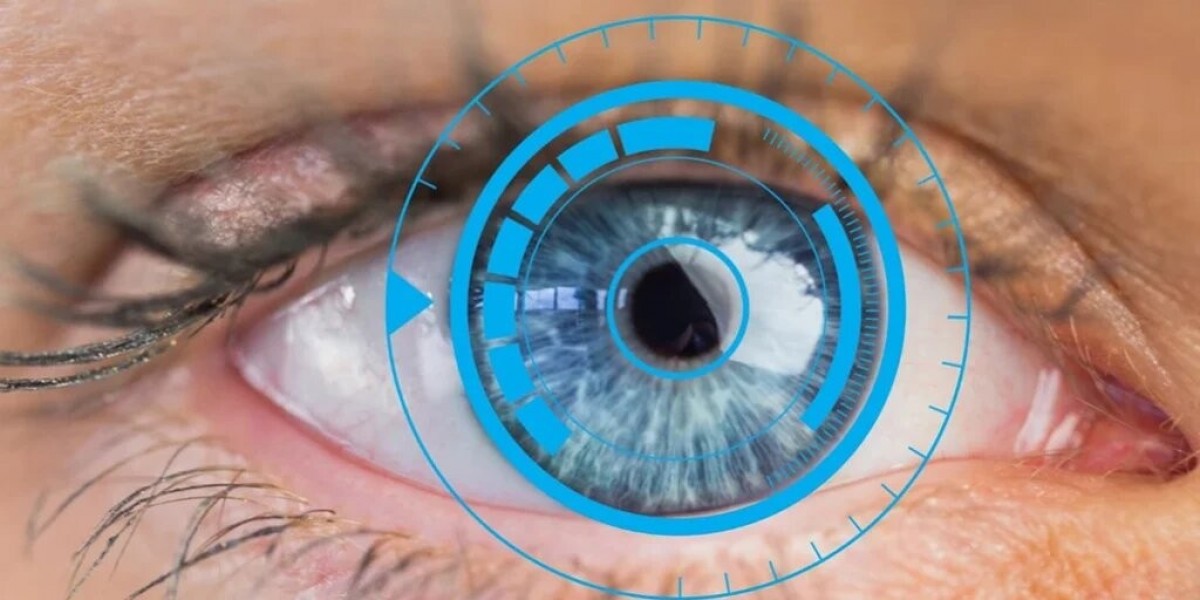For many people, squint—also known as strabismus—is more than just a visual misalignment. It can affect confidence, depth perception, reading ability, and even social interaction. Fortunately, squint surgery offers not only functional improvement but often a renewed sense of self. But what is life really like before and after the procedure?
This guide shares valuable insights gathered from real patient experiences. From initial symptoms to final outcomes, understanding the journey can make a world of difference.
1. Recognizing the Symptoms of a Squint
A visible eye misalignment is often the first sign noticed by friends or family.
Some patients report double vision, headaches, or eye strain during reading or screen time.
In children, symptoms may include head tilting, covering one eye, or avoiding visual tasks.
2. Why Early Diagnosis Matters
Addressing squint early in life can prevent long-term vision development issues.
In adults, untreated squint can cause persistent double vision and reduced depth perception.
A timely consultation can also detect related conditions like cataract or refractive errors.
3. The Emotional Impact of Living with Squint
Many patients mention feeling self-conscious in public or in photos.
Children may experience bullying or social withdrawal due to the cosmetic appearance.
Restoring eye alignment often brings not only visual but psychological relief.
4. Preparing for Squint Surgery
Most patients undergo a detailed eye exam, visual acuity tests, and eye muscle evaluation.
Imaging and pre-operative assessments help determine the surgical plan and muscle adjustment.
Doctors also review medical history to ensure a safe and smooth surgical process.
5. What Happens on Surgery Day?
Squint surgery is usually a day-care procedure done under local or general anesthesia.
The eye muscles are repositioned using fine sutures to realign the eyes.
No external cuts are made on the skin, and recovery begins shortly after surgery.
6. Immediate Post-Surgery Expectations
Some redness or mild discomfort is common in the first 24–48 hours.
Patients often wear protective eye shields and use prescribed drops for healing.
Blurred vision or slight overcorrection may occur temporarily as the brain adjusts.
7. Real Patient Insight: “It Wasn’t as Scary as I Thought”
Many patients describe the surgery as “quick and painless” despite initial anxiety.
Children typically resume school activities within a week, adults return to work sooner.
Improved eye alignment is often visible immediately, boosting confidence fast.
8. Recovery Tips Shared by Patients
Follow all post-op instructions, especially regarding eye drops and hygiene.
Avoid rubbing the eyes and skip swimming or dusty environments for a few weeks.
Attend follow-up visits regularly to monitor healing and visual response.
9. What Changes After Squint Surgery?
Vision may improve if the squint was affecting binocular coordination or depth.
Eye contact becomes more natural, reducing social discomfort or embarrassment.
In some cases, additional therapy like patching or vision exercises may continue.
10. Are Results Permanent?
Most patients enjoy long-term correction, but some may need minor adjustments later.
Success depends on age, type of squint, previous treatments, and muscle responsiveness.
Regular eye check-ups help ensure the stability of alignment over time.
11. Squint and Cataract: Dual Challenges, One Solution
Some adults with squint may also develop cataracts, especially with aging.
Choosing the best cataract surgeon is essential when both conditions coexist.
A super speciality eye hospital can coordinate care seamlessly for combined treatment.
12. The Importance of Choosing the Right Eye Hospital
Facilities with advanced diagnostics and trained pediatric ophthalmologists offer safer outcomes.
Hospitals experienced in both squint surgery and cataract management provide better continuity of care.
Supportive staff and structured follow-ups make a meaningful difference to recovery.
13. What Real Patients Wish They Knew Sooner
“I wish I hadn’t waited so long thinking it was just cosmetic.”
“My child stopped tilting their head and started making friends again.”
“The change in my self-esteem was immediate—I finally love taking photos.”
14. FAQs from the Patient’s Perspective
Will my vision improve after surgery?
Not always, but alignment often enhances functional vision and comfort.Is the surgery safe for children?
Yes, it is commonly performed even in toddlers with minimal risks.Can adults undergo squint surgery?
Absolutely—age is not a barrier to restoring eye alignment.
15. Building Trust in the Process
Understanding the realistic benefits helps patients make informed decisions.
Real patient stories offer reassurance about the journey and recovery timeline.
When patients feel heard and supported, they become active participants in healing.
Conclusion:
Whether it’s for your child’s first squint correction or your own journey to restored alignment, finding a hospital that combines clinical expertise with genuine care is essential. Choosing a facility where surgeons understand both the science and the emotional weight of the condition ensures a holistic experience.
For those seeking the highest standards in squint surgery and expert consultation with the best cataract surgeon, Maxi Vision Eye Hospital stands as a beacon of super speciality eye care. With advanced technology, patient-first values, and decades of trusted excellence, it’s more than a hospital—it’s a place where sight, and confidence, are renewed.








